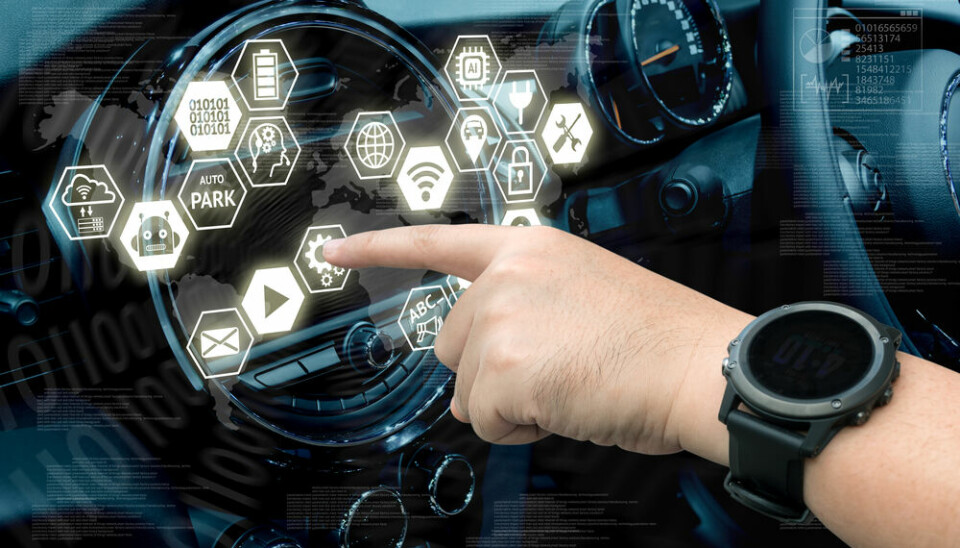New rules are killing off older cars unable to adapt in France
EU safety regulations include a range of high-end technological updates that older models may not be able to satisfy
Older car models may be unable to adapt - or keep costs down - faced with new high-end technological vehicle regulations
Zapp2Photo/Shutterstock
Iconic older car models in France are at risk of ‘dying off’ because they do not conform to new EU safety regulations, it has emerged.
The main rule in question is the new security norm, the Global Safety Regulation 2 (GSR2) - now listed in detail on the French Ecology Ministry website.
It states that from July 7, new cars must have an automatic braking system, reverse blind spot alerts, a black box used for insurance, a lane assistance system, tiredness alerts, hacking computer protection, and equipment that would allow a breathalyser-before-ignition (ignition alcohol interlock) system to be installed in future.
SImilarly, new models will also be required to pass more stringent crash and ‘pot hole’ tests.
Read also:
Newer, high-end cars already have most of these systems in place, but existing models of lower-end vehicles do not tend to include them (or at least, not all of them). This is mainly a question of cost.
Costs and high-end tech
New models will likely cost more once these regulations come into force, and critics say that the rules may threaten some older models of vehicles that are unable to integrate these changes.
Some vehicles fail the crash test rules, while others may not work with the newer technology needed to enable the higher-end systems. This means that new versions of these cars will necessarily stop being produced, and will only be available until the existing models reach the end of their life.
Combustion versions may disappear entirely, replaced by electric models, say critics.
Porsche, Renault, Dacia…
Models at risk include the Porsche Macan, which is already being replaced by its electric counterpart.
Similarly, Dacia cars - which already score lower on the EuroNCAP safety ratings in favour of keeping costs down - may also be at risk. Yet, Dacia has notably made changes to its Sandero and Jogger models so that they will conform with the new GSR2.
Other models at risk could be the Suzuki Ignis, Renault Twingo and Zoe, and the Toyota GR86.
The GSR2 applies to models for which more than 1,500 vehicles are produced per year. This means that it will not apply to models such as the Alpine A110, which is produced in smaller quantities.
Drivers who wish to order an existing model of these cars will have to do so before the cut-off point in July this year, otherwise prices could rise and systems may change as manufacturers work to conform to the new regulations.

























